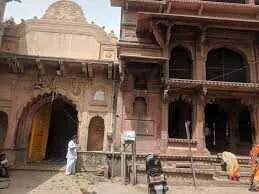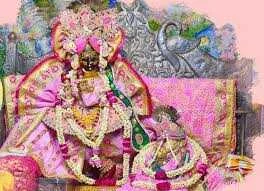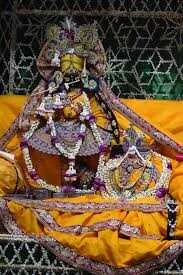-
Welcome to Temple Blessings Puja Seva
Account Details
Help & Support for Puja Booking
991 011 6034
You can call us from 10:30 AM - 7:30 PM
-
CollectionSanatan Sahitya
read all articles
AartiCommence Your Puja with Aarti's
ChalisaSeek Devine's Grace with Chalisa
MantraMeditate and Chant with Powerful Mantras
Incarnations of gods and goddessesStories of incarnations of all gods and goddesses
Shrimad Bhagwat - Interesting StoriesLearn interesting facts related to Gita
Ayurvedic and Home RemediesAncient wisdom meets natural healing








